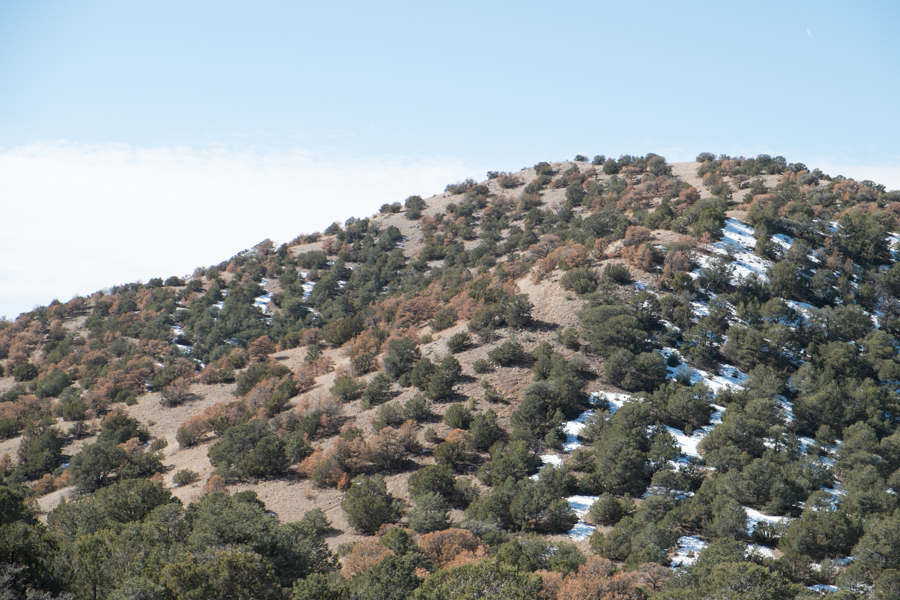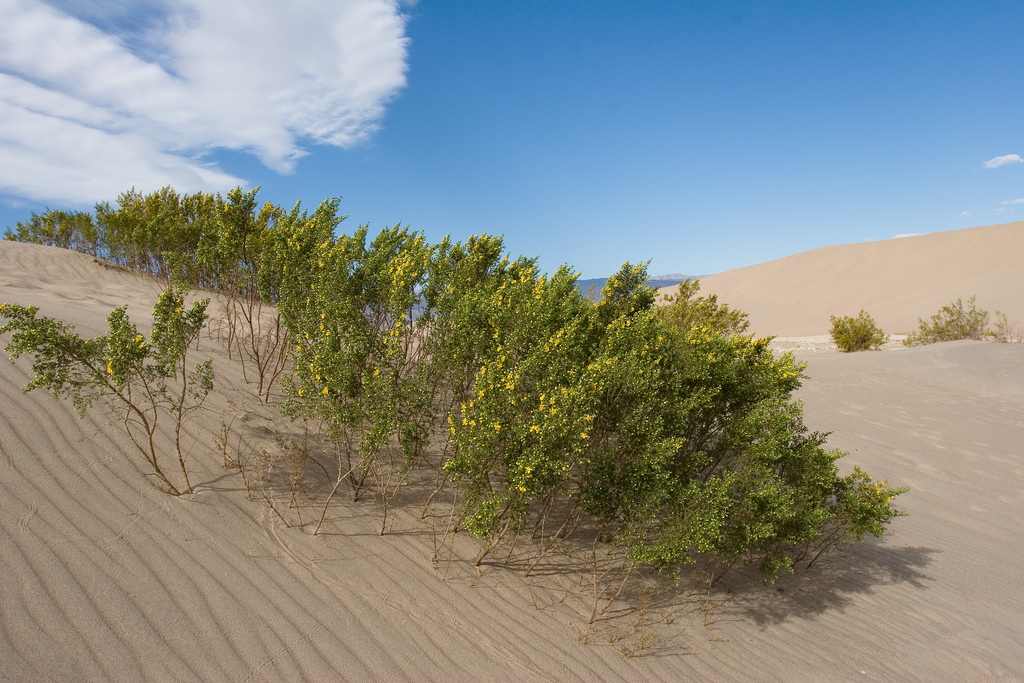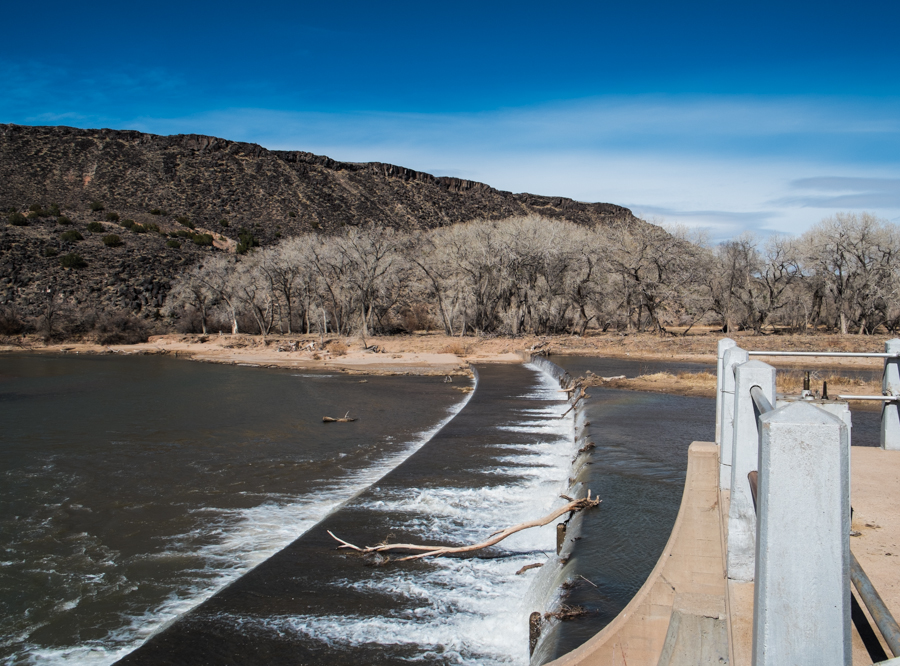tl;dr – It wasn’t the U.S. government “reserving” water rights on behalf of the Indians. It was the Indians keeping the rights they already had.
Longer version: After I last took a stab at writing about the “practicably irrigable acreage” standard that sort of underpins U.S. Native American water rights in the west, a member of the brain trust sent me a fascinating law review article by Dana Smith that showed me I haven’t been thinking about this quite right.
Interestingly, my confusion about the underlying issue seems to be the same as that held by Simon Rifkind, the U.S. Special Master in the famous Colorado River case of Arizona v. California – the place the PIA standard was first made explicit. (Can I blame Rifkind?)
The PIA standard is rooted in the U.S. Supreme Court’s decision in the case of Winters v. United States, which basically said that Indian communities are entitled to the water rights necessary to make a living on their land. Importantly, the entitlement comes with a priority date (critical under the doctrine of prior appropriation used to allocate water in the West) equal to the date their reservation was created. The term for this is “reserved rights.” Here’s how Rifkind put it:
I have concluded that the United States effectuated the intention to provide for the future needs of the Indians by reserving sufficient water to irrigate all of the practicably irrigable lands in a Reservation and to supply related stock and domestic uses.
Smith argues that Rifkind is not quite getting this right. It’s not the U.S. government doing the reserving, Smith argues:
[T]ribes have a right to water not because it was given to them when they were put on reservations, but because the tribes kept their right to use water when they ceded parts of their land.
Smith points out that in the Winters case, the U.S. Supreme Court relied for this bit of jurisprudence on a case three years earlier, that of the United States v. Winans. Winans involved not water but fishing – in particular fishing rights under the 1859 treaty between the Yakima Nation and the United States:
Winans involved the interpretation of an 1859 treaty between the Yakima Nation and the United States in which the Yakima tribe ceded their interest in a specified parcel of land, while reserving the right to fish “at all usual and accustomed places,” even off of their new reservation land. The United States brought the action on behalf of the Yakima Nation to enjoin non-Indians from obstructing the Yakima’s off-reservation fishing rights. In holding that the State of Washington had no authority to regulate Indian fishing rights, the Court relied heavily on the canon of construction applied to Indian treaties that treaties are to be construed as the Indians would have understood them. Since the right to fish was one “not much less necessary to the existence of the Indians than the atmosphere they breathed,” the treaty could not have been understood by the Indians as limiting their right to fish. Instead, the treaty was to be interpreted “not [as] a grant of rights to the Indians, but a grant of rights from them–a reservation of those not granted.”
In Winters, the court concluded the same principle applied to water. Here’s how the great western water law scholar David Getches put it (pdf):
(Winters) preserves tribal water rights that were not expressly ceded by the Indians or extinguished by the government…. [T]he Indians’ right to sufficient water to fulfill the intent of their agreement survived the cession of land.
This question of who’s doing the reserving seems a critical distinction. If it’s the U.S. government doing the reserving, then there’s an argument that one needs to look at the purpose for which the “reservation” (by “reservation” I here mean the land set aside for the Indians to live on) was created, which Rifkind did. If the purpose was to turn the Indians into an agrarian people, then an “irrigable acreage” standard might make sense. But if it’s the Native American community simply reserving their own previously existing right to water, then shouldn’t it be up to them to decided what to do with that water? Smith writes (the embedded quotes are from an Arizona court decision that concluded PIA is too narrow):
(PIA) forces tribes to pretend to be farmers, which is especially counterproductive in an era where large agricultural projects are risky, and according to some, no longer economically feasible in the West. Additionally, “a permanent homeland requires water for multiple uses, which may or may not include agriculture.” The PIA standard encourages tribes to create unrealistic irrigation projects and deters consideration of the actual water needs of the reservation.




